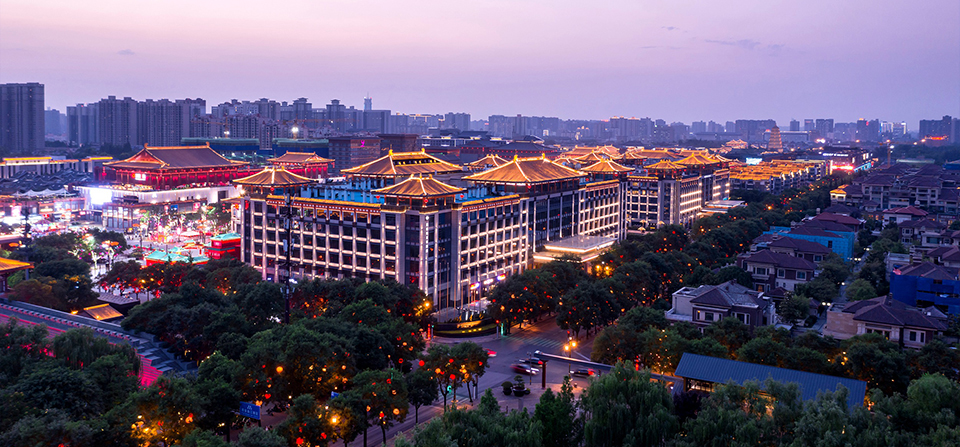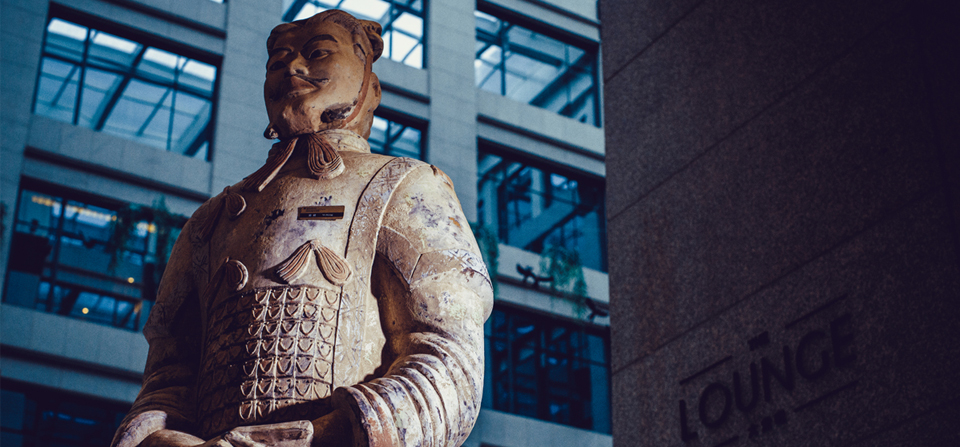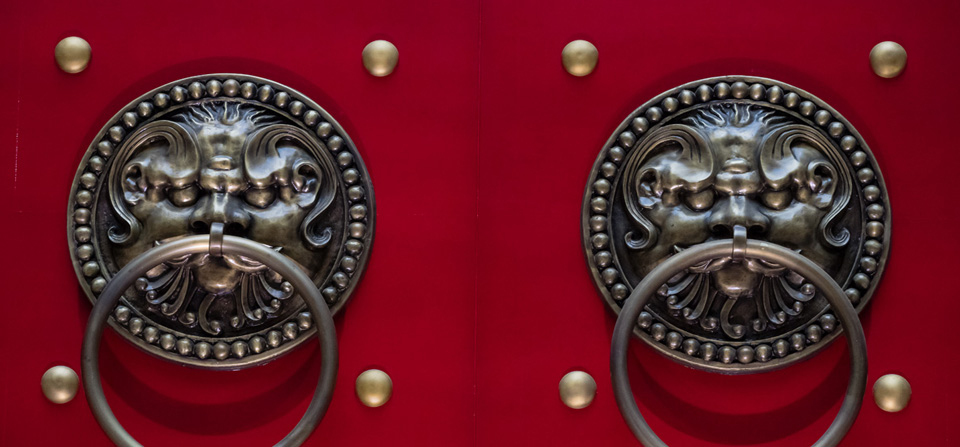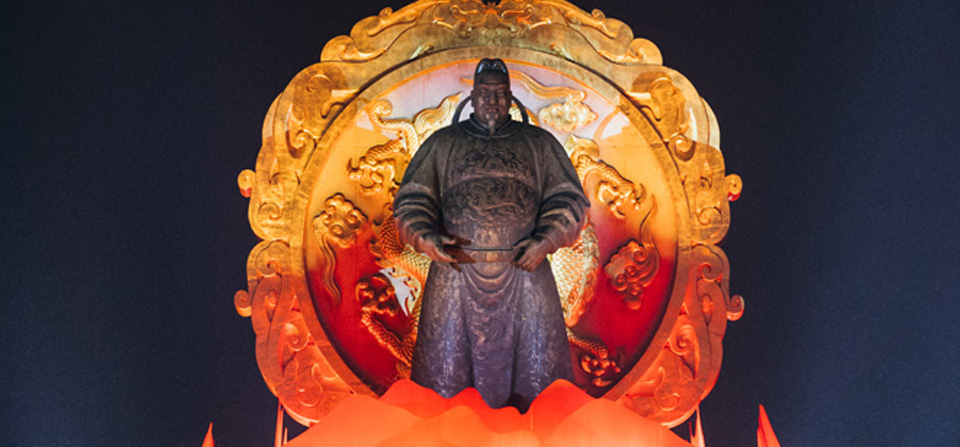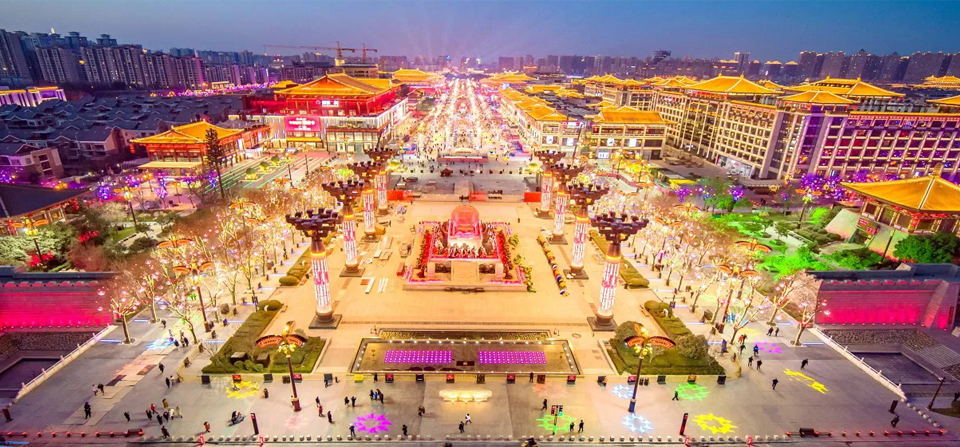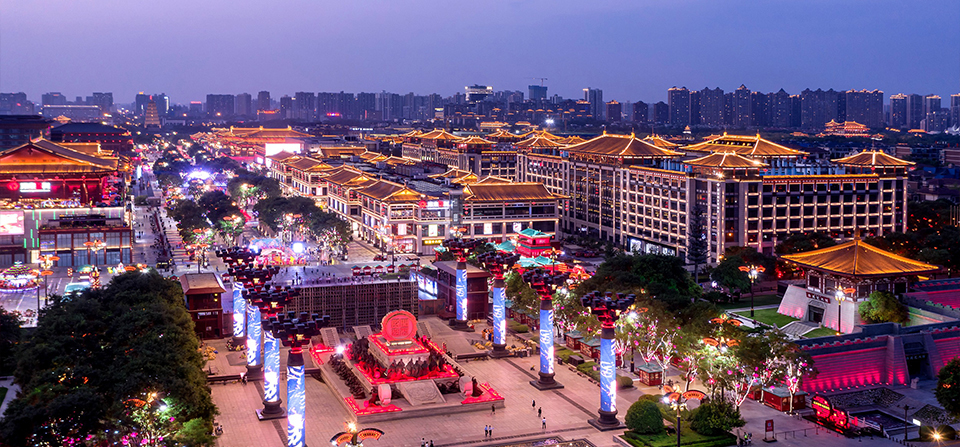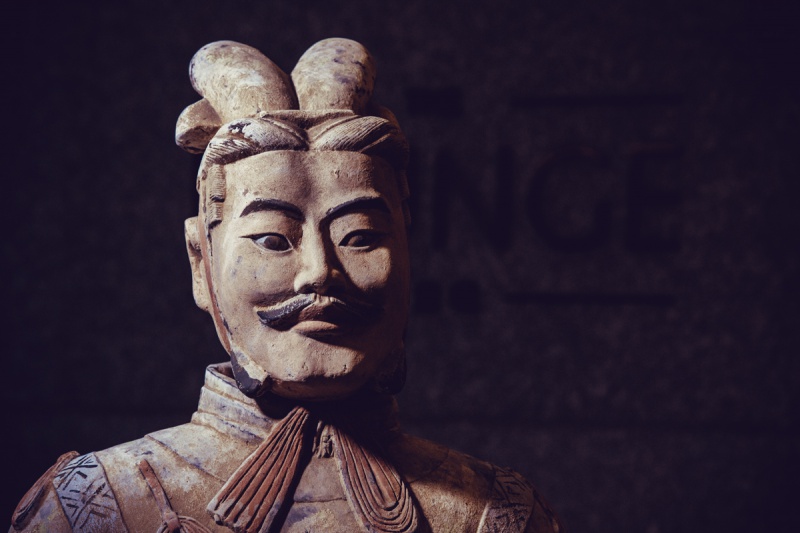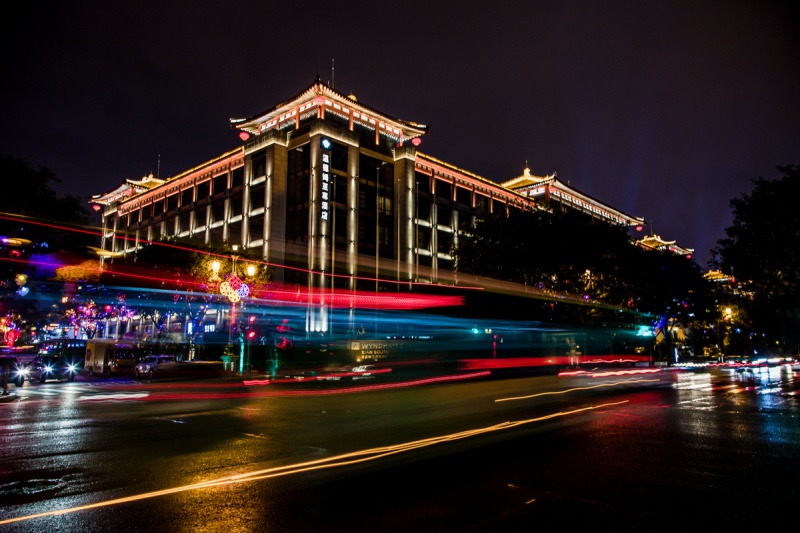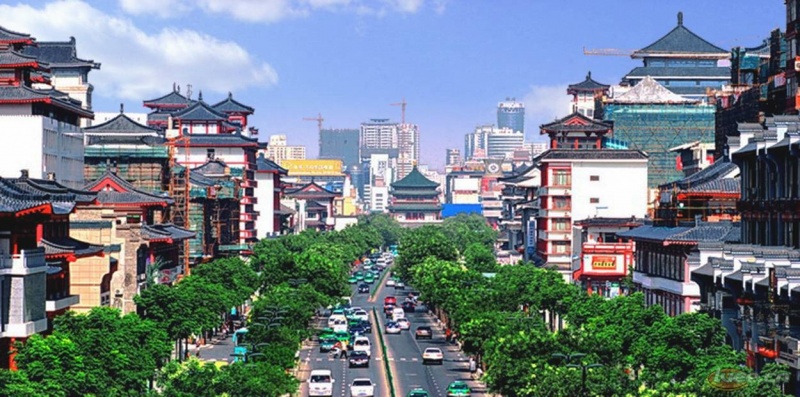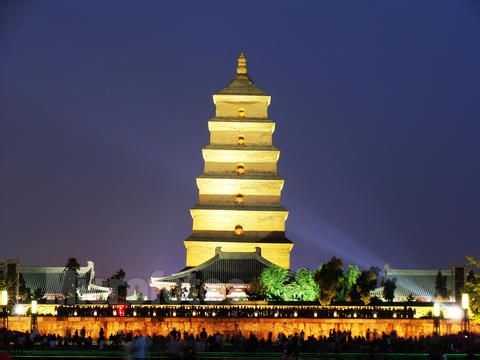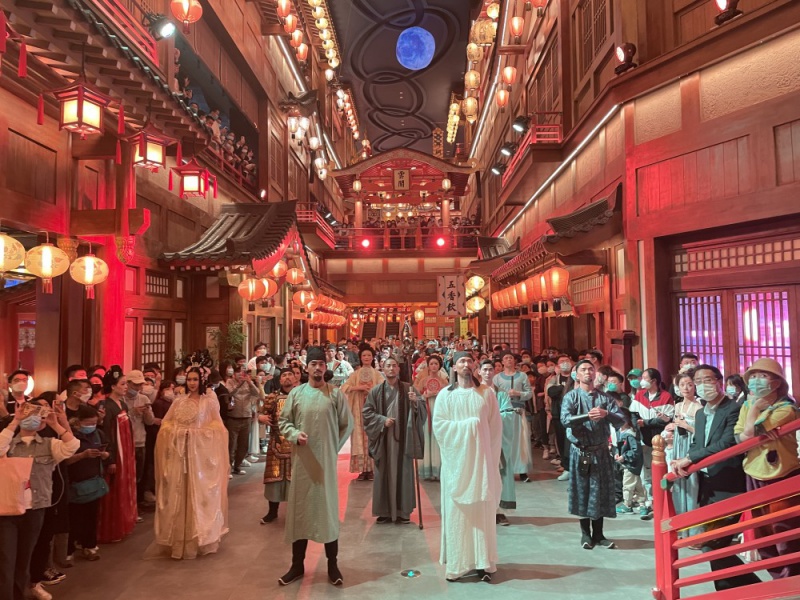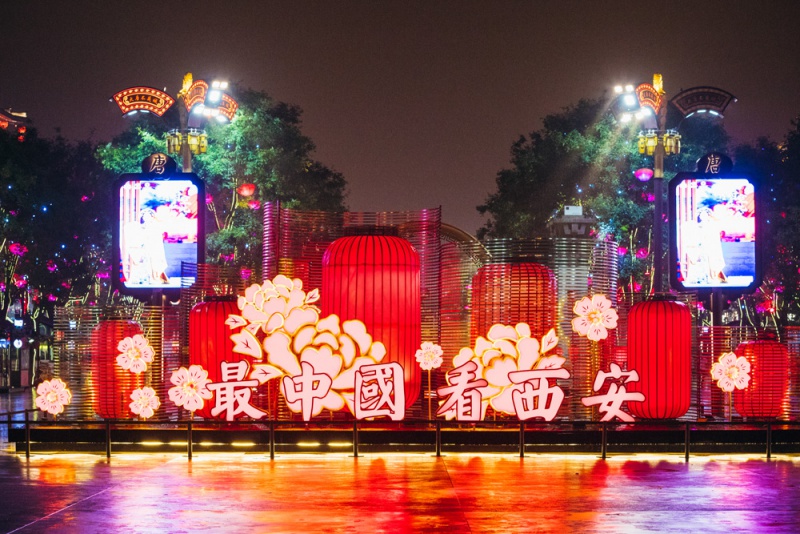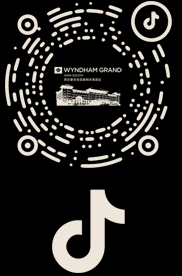Once known as "Chang’an" during the Han Dynasty, meaning "permanent peace," Xi’an has long been a cornerstone of Chinese civilization. As the starting point of the legendary Silk Road, it has played a vital role in global trade and cultural exchange. The city was renamed Xi’an in 1369 and holds the distinction of being China’s foremost ancient capital, having served as the political and cultural center for 15 dynasties, including the Western Zhou, Qin, Han, Sui, and Tang.
With its unmatched historical significance, Xi’an is often compared to Rome, Athens, and Istanbul as one of the Four Great Ancient Civilizations of the World. The city boasts 34 nationally recognized historic sites, including:
- Banpo Village – a Neolithic matriarchal clan settlement
- The Mausoleum of the First Qin Emperor – home to the world-renowned Terracotta Warriors and a UNESCO World Heritage Site
- Big Wild Goose Pagoda & Small Wild Goose Pagoda – iconic Buddhist landmarks from the Tang Dynasty
- The Forest of Stone Tablets – an invaluable collection of ancient Chinese calligraphy and inscriptions
Walking through Xi’an is like traveling back in time, experiencing thousands of years of history in one city. It’s no surprise that many say, "He who has not visited Xi’an cannot be said to have visited China."
Located within Da Ci’en Temple, approximately four kilometers from Xi’an’s city center, the Dayan Pagoda (also known as Da Ci’en Temple Pagoda) is one of China’s most renowned Buddhist landmarks.
Originally built as a five-story structure standing 60 meters tall, the pagoda was completed in 652 A.D. However, due to the ravages of time and war, it was later rebuilt as a seven-story pagoda, reaching a height of 64 meters.
Characterized by its towering presence, solid structure, and elegant simplicity, the Dayan Pagoda stands as a remarkable testament to the ingenuity and craftsmanship of ancient China.
The "Twelve Hours of Chang’an" block seamlessly aligns with the in-room décor, showcasing Tang Dynasty (618–907) architecture and sculptures that bring Tang-era stories to life. Visitors can immerse themselves in the rich cultural atmosphere while enjoying live performances, diverse culinary delights, and an array of shopping experiences.
Every January and February, special festivities are held in celebration of Chinese New Year, making it one of the most vibrant destinations to experience the holiday’s joy and traditions.
Located in Qujiang New District and overlooking the world-famous Dayan Pagoda, The Great Tang Mall is a vibrant cultural and commercial hub blending history with modern experiences. By integrating tourism resources and cultural products, it creates a dynamic international cultural marketplace for both locals and visitors.
A grand sculpture landscape avenue—the largest in Asia—runs through the mall, connecting three themed squares: Xuanzang Square, Zhenguan Square, and Kaiyuan Square. At the northeast corner of Kaiyuan Square, Wyndham Grand Xi’an South offers unparalleled convenience and luxury in the heart of this historic destination.
During the Ming Dynasty, after unifying the country, Emperor Zhu Yuanzhang ordered city walls to be built on a grand scale to strengthen defense. He believed that “out of all the mountains and rivers in the world, the central Qin region is the most strongly fortified and strategically impregnable.”
Xi’an’s city wall, an extension of the original Tang Dynasty structure, was rebuilt and expanded during this campaign. The Ming Dynasty city wall stands 12 meters high, with a width of 12–14 meters at the top and 15–18 meters at the base, stretching 13.7 kilometers in length. This formidable structure formed a complex and well-organized defense system, making it the most well-preserved ancient city wall in China today.



